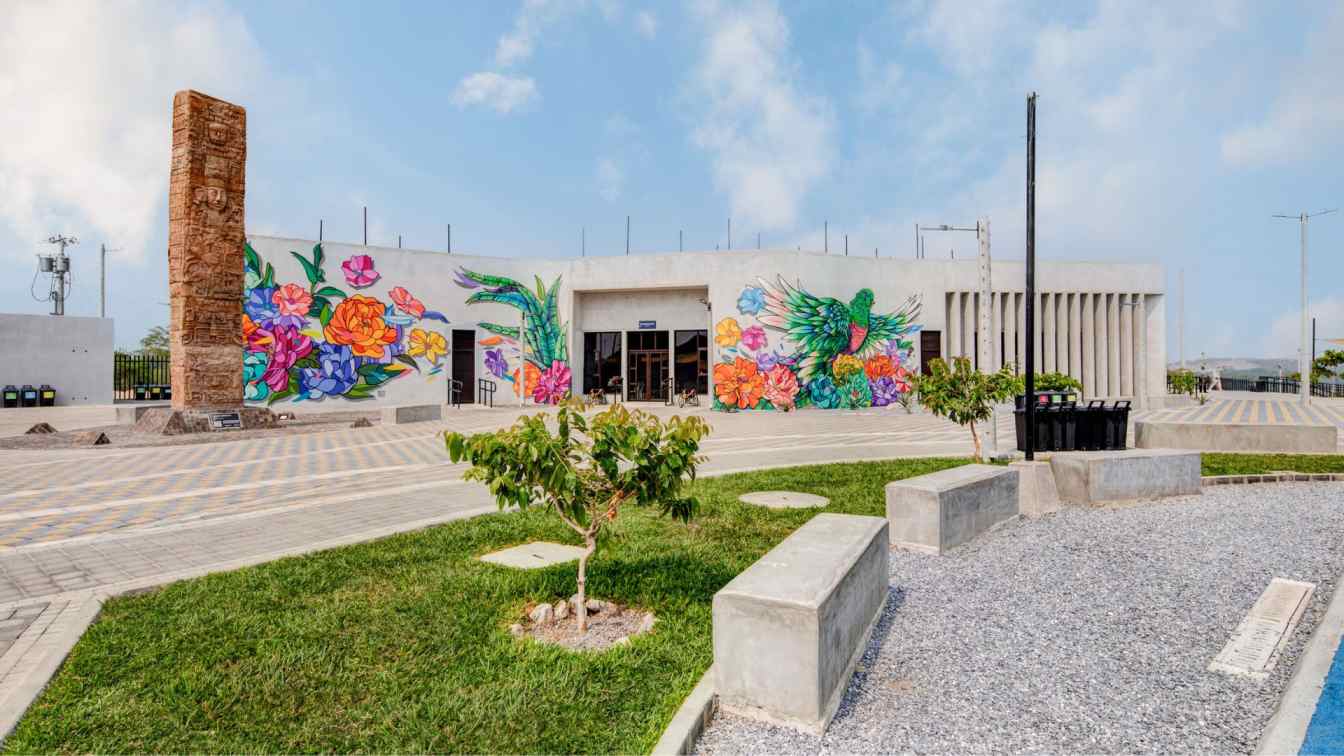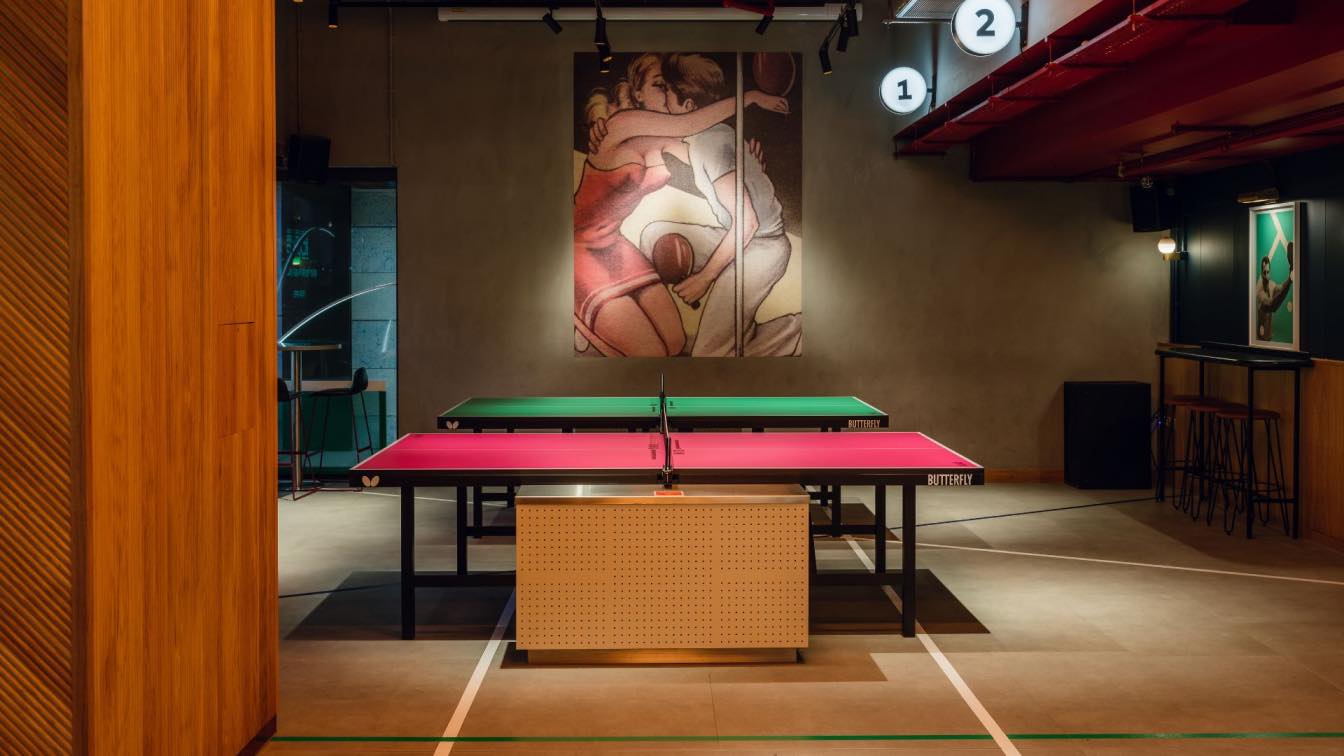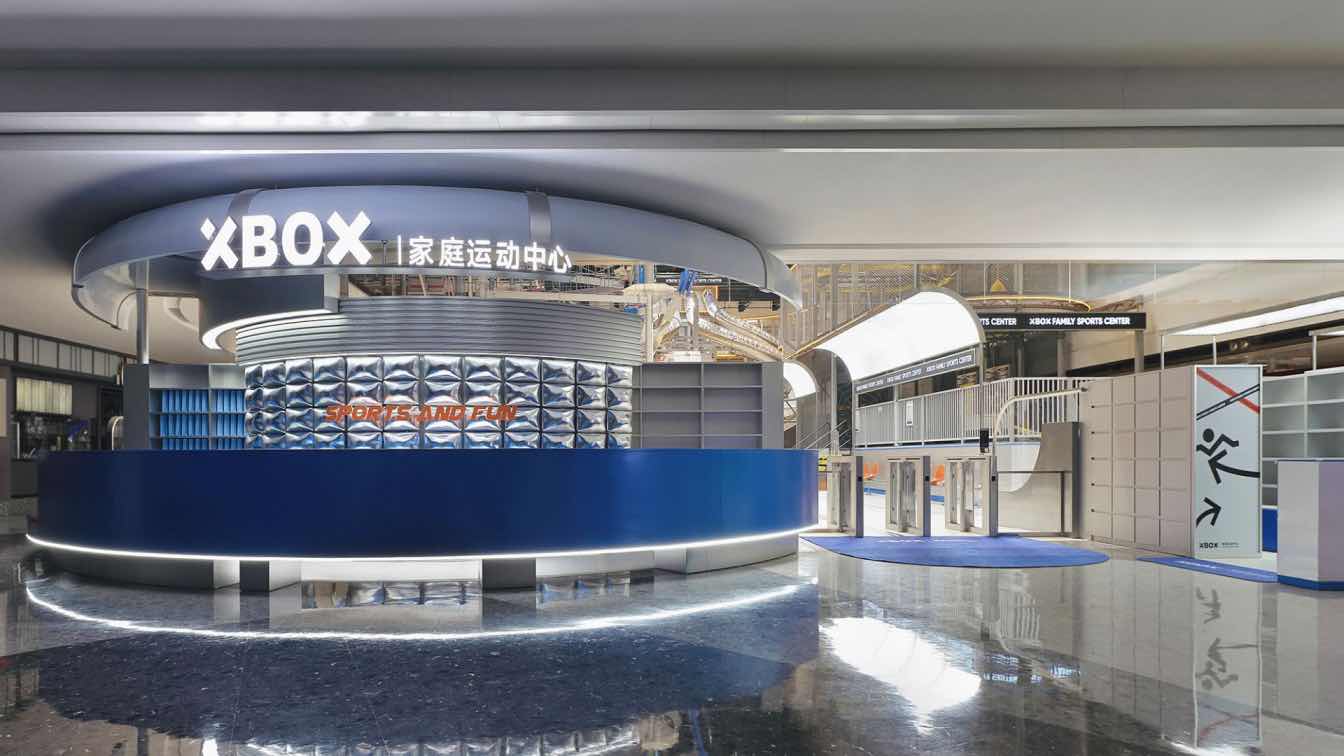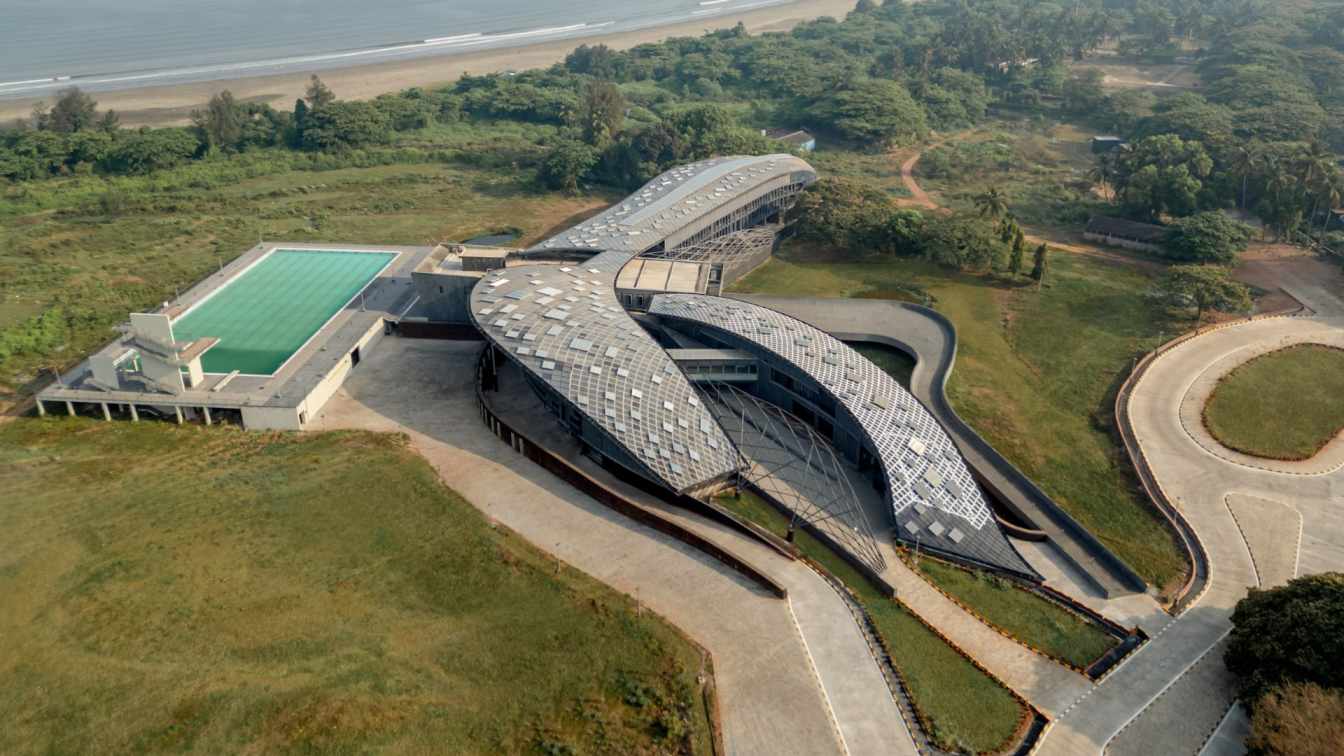Luis Pedro Cifuentes: The Parque de la Paz Kevin Cordón is an urban space for sports, recreation, and cultural purposes located in the village of El Hato, Zacapa Department, serving the population of Zacapa City, Guatemala. The project’s philosophy is based on the conceptual representation of Mayan culture, integrated into contemporary architecture and society.
Its main building is the Pavilion, which represents culture and recreation through spaces comprising a library, classrooms for art, painting, and sculpture academies, a gallery for exhibitions of Mayan pieces integrated with the exterior, where a replica of Stela “E” from Quiriguá—the tallest monolithic block in the Mayan World—was sculpted; as well as services such as a cafeteria and an administrative office. Its design represents Mayan architecture through ceremonial platforms, characterized by their sobriety, based on geometry and materials.
The Pavilion’s architectural plan is based on geometric lines inspired by Mayan numerals (zero, bars, and dots), combining the curves of the front façade, which represent zero; the straight lines of the rest of the building’s volume, which represent the bars; and the circular fragment that connects the volumes of the south-facing façade, which represents the dot. On the pavilion’s eastern side, there is a staircase that connects to the recreational terrace. Three benches were designed on it, representing the bars and the dot.

The park complex is divided into two platforms, representing Mayan urbanism due to its topographical adaptation. The platforms are connected by a sectioned bleacher along the natural slope, opening onto the soccer field and complemented by three elements located according to the cardinal points and their Mayan representation through colors: to the north is the Mayan ball game monument, identified with white mosaic; to the east is the façade of the soccer field locker room, identified with red perforated mesh; to the west is the open-air theater with its vertical element representing a volcano, identified with black mosaic; and to the south, the Sculpture Plaza, and on the Pavilion terrace, the three benches identified with yellow mosaic, are located to integrate the two platforms.
The rest of the complex is made up of green areas and sports and recreational areas: an outdoor gym; a gym for senior citizens; recreational games for youth and adults; and a children’s playground. All the spaces are connected by a blue synthetic jogging track representing the rivers and lakes of Guatemala.

























